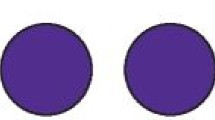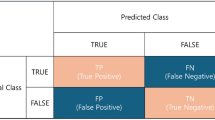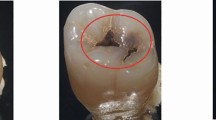Abstract
Design A randomised controlled trial using block design was devised.
Intervention A computer-assisted learning (CAL) programme, with feedback, was tested.
Outcome measure Sensitivity and specificity of caries diagnosis, and the summary receiver operating characteristic (SROC) method for summarising true-positive ratio (sensitivity) and false-positive ratio (1 — specificity), were used to analyse the dichotomous data.
Results The mean sensitivity for dentine caries detection was 76.3% (standard deviation (SD), 13.0%) for the experimental group and 66.9% (SD, 14.8%) for the control group (P=0.005). Mean false-positive ratios were similar (experimental 28.1% and control 28.7%; P=0.5). The area under the SROC curve was 0.832 for the experimental group and 0.773 for the control group (P=0.002).
Conclusions The CAL programme does improve diagnostic performance. Improving the cognitive feedback provided by the programme should be considered before implementation.
Similar content being viewed by others
Log in or create a free account to read this content
Gain free access to this article, as well as selected content from this journal and more on nature.com
or
Author information
Authors and Affiliations
Additional information
Address for correspondence: Phil Mileman, Department of Oral Radiology, Academic Centre for Dentistry in Amsterdam (ACTA), Louwesweg 1, 1066 EA Amsterdam, The Netherlands. E-mail: phil.mileman@acta.nl
Mileman PA, van den Hout WB, Sanderink GCH. Randomized controlled trial of a computer-assisted learning program to improve caries detection from bitewing radiographs. Dentomaxillofacial Radiol 2003; 32:116–123
Rights and permissions
About this article
Cite this article
Benn, D. A computer-assisted learning programme to reduce caries detection variability. Evid Based Dent 4, 77 (2003). https://doi.org/10.1038/sj.ebd.6400217
Published:
Issue date:
DOI: https://doi.org/10.1038/sj.ebd.6400217



